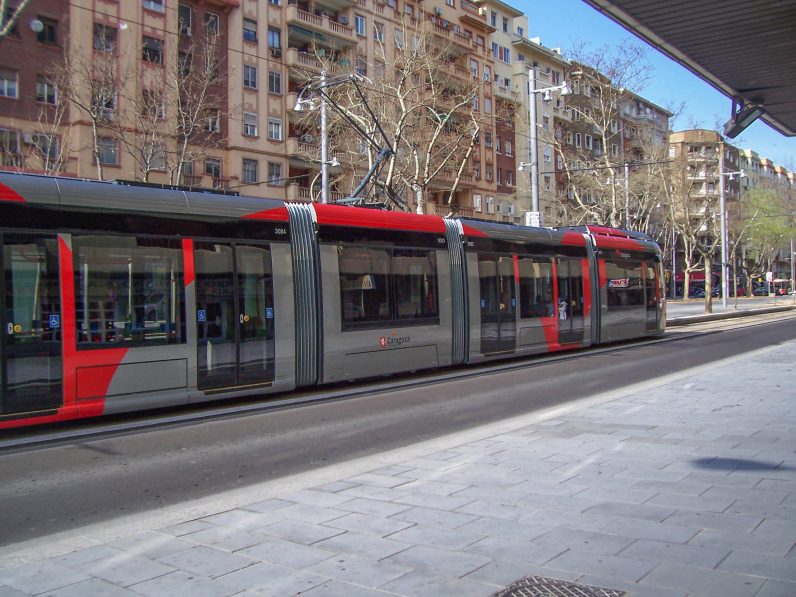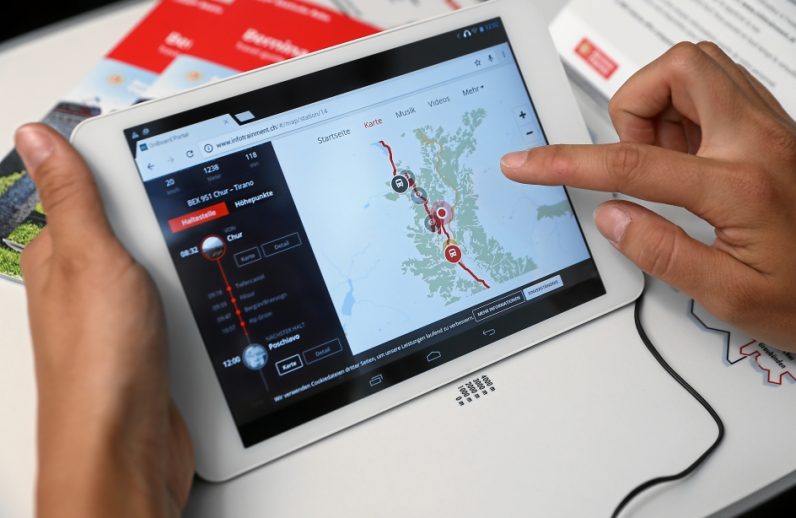
When it comes to B2B products, it’s all about building relationships, something that can be challenging for startups entering traditional industries like rail. But over the last few years, the rail industry has reached out to startups to provide a way to gain their insights and draw them into its ecosystem.
Examples of these initiatives include the UK’s Rail Innovation Group — an incubator for rail startups — and Deutsche Bahn’s DB Mindbox. Since 2015, the latter in particular, has organised hackathons and supported more than 150 startups with their proof of concept, 60% of which continue their business cooperation with DB.
Startups provide an opportunity to innovate with technology, solving problems that have plagued the transport industry for decades, from repairs to safety, maintenance, and customer experience. Here are just a few of the many startups making a difference in your daily commute:
SIUT (Germany)
Navigating train stations isn’t fun in the dark. Berlin startup SIUT turns concrete into an information and communication medium. Precast concrete elements transform through the targeted integration of optical fibres into luminous displays in railway stations, airports, and public spaces.
Neuron Soundware (Czech Republic)

We all know when something stops working, but what if we could predict it and prevent it from happening in the first place? Neuron Soundware develops predictive maintenance and remote equipment diagnosis. It uses IoT sensors and AI to detect audio signals of machinery and recognise any anomalies before they lead to mechanical malfunctions that can result in downtime and costly repairs. Use cases range from escalators to pumps, compressors and HVAC, all of which, upon malfunctioning, can cause rail problems and delay trains and passengers.
TUBR (UK)
Knowledge is power, but even if you gather it, how do you use it to guide your decision-making? TUBR deploys its predictive analytics platform to make predictions that help transport management improve operations and the passenger experience.
The company uses physics methodology to understand the spatial movement of the entire rail system. Its algorithm runs frequently and is triggered by factors that change people’s behaviour, such as the weather and delays, helping rail operators keep people moving.
Rail-Flow (Germany)
Like many traditional industries, many rail customers rely on a manual paper-based workflow. Rail-Flow digitises rail freight management in purchasing and tender management. This enables customers to compare requests and create or update offers within a single platform.
OTIV (Belgium)
The future of mobility is automation — and, simply put, Otiv teaches rail vehicles to drive autonomously. It brings its AI-based intelligent driver assistance and, in the future, autonomous driving solutions to public and private railway operators. This increases network safety, rail efficiency and, in the future, will solve the challenge of driver shortages and boost network capacity.

The company currently has a joint project with rail tech company CAF in the Spanish city of Zaragoza to test collision avoidance technology and advanced driver-assistance systems (ADAS) features.
Passengera (Czech Republic)

There’s nothing worse than a long rail trip without reliable WiFi. Passengera has developed a hardware agnostic cloud-based solution to deliver reliable WiFi and infotainment. Its management system can handle up to 1,000 vehicles across train and bus networks, and includes an open API that can integrate with third parties for advertising, real-time information such as timetables and on-board resources.
There you have it! Six European startups that are dragging trains and rail networks into the future.
Get the TNW newsletter
Get the most important tech news in your inbox each week.




